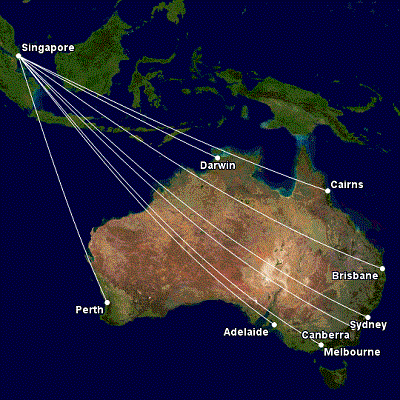
Why joining forces with Singapore will make Australia a financial services front-runner
Adrian Toynton, Head of Banking Solutions APAC at FIS, says a trilateral fintech bridge between the UK, Australia and Singapore will be a catalyst for change, with new and innovative ideas coming to the market.
Discussions around whether the fintech bridge between the UK and Australia should be extended to Singapore are now in full swing. If it comes to fruition, the alliance welcomes an established leader in financial innovation with the capability to navigate policy and regulation nuances as well as address barriers to international growth.
If it does not, Australia runs the risk of falling behind.
Just as in our personal lives, where we are seeing communities come together in a bid to weather the COVID storm collectively, so too should the corporate sector by pooling its resources and establishing a unified approach to overcoming some of the most complex technological challenges.
The purpose of the fintech bridge
The markets in Australia, the UK and Singapore are each distinct in terms of their population sizes and financial ecosystems. With the UK’s population now exceeding 60 million, it’s equally extensive landscape plays host to not only a large number of traditional banks but also a rapidly growing variety of neobank challengers.
Australia meanwhile is dominated by its big four banks, with over 80% of the population choosing to bank with them, leaving digital banks to enter the market with products in niche sectors. Singapore is similar to Australia in some regards as it has a much smaller population compared to the UK and there are fewer banks operating.
Singapore’s market, due to its geographical position, enables elements of innovation from across the Association of Southeast Asian Nations (ASEAN) region. There are a large number of Fintechs in Singapore concentrating on areas that are not mainstream in the more traditional markets. For example, new bank entrants in the Asian market could be telcos, digital disruptors or tech giants.
These different approaches highlight a huge benefit of the partnership, with each country learning from one another, sharing their approaches and modernizing their operations. Initially one market will have the opportunity to race ahead, but this will force the other markets to change and catch up.
To read more, please click on the link below…


